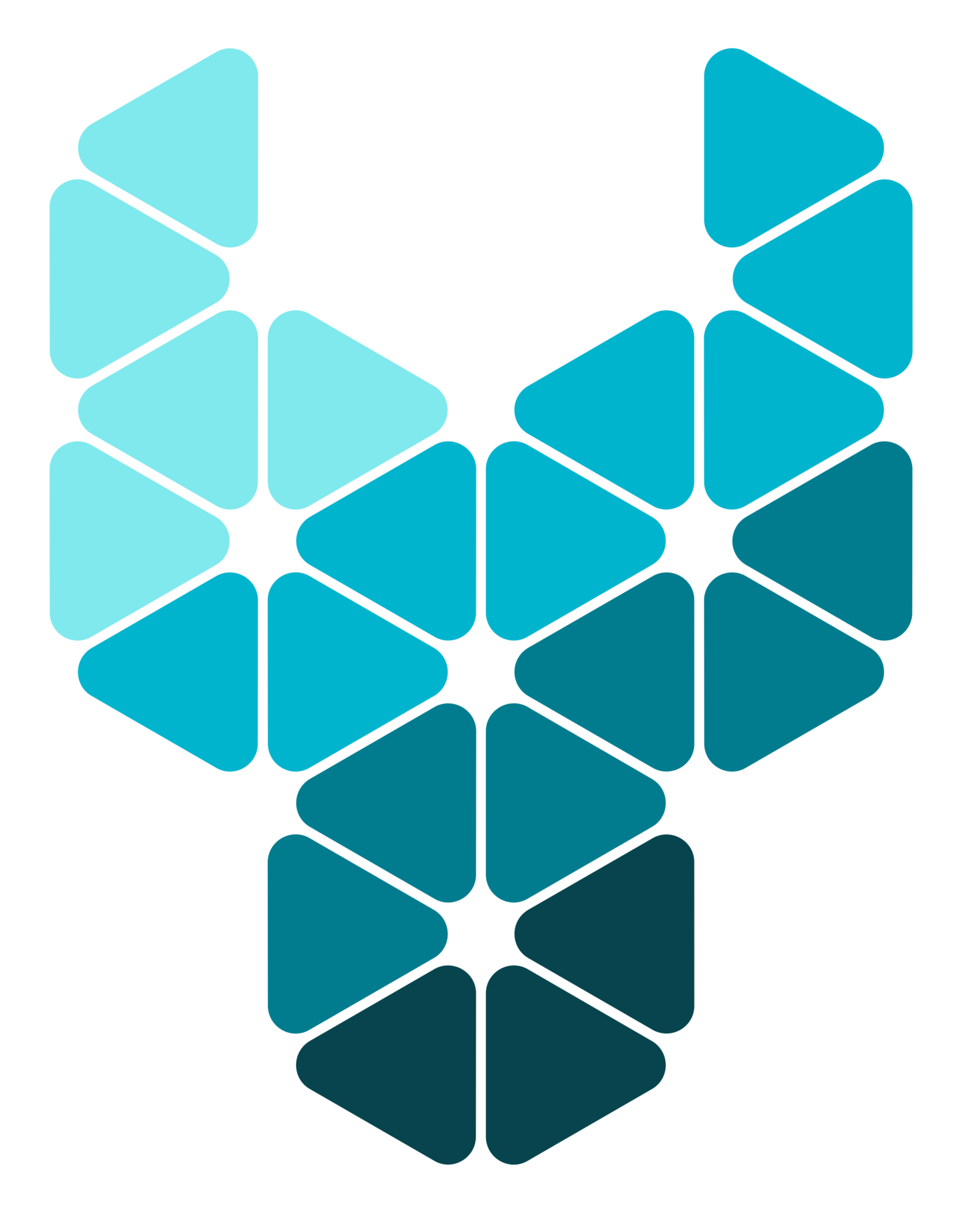FAQs
Who owns the chiller plant equipment?
Stout owns everything in the chiller plant room.
What is the initial fee paid by the client?
Client pays no fees upfront.
What happens after the contract period?
The client has 3 options after the initial 5-7-year contract tenure:
a. Renew the contract with Stout for subsequent years.
b. Transfer the contract to another CaaS company.
c. Buy back the chillers and other equipment from Stout at a pre-agreed discounted rate calculated post depreciation and run maintenance in-house.
How do I know Stout won't increase the charges over time?
Our fee is discussed and agreed upon before contract signing and the same shall be respected throughout the contract tenure.
What if I reduce the consumption of cooling?
Our monthly fee involves a fixed component calculated based on the area served. If consumption is reduced (area served), there will be an associated reduction in CaaS bills.
How do I know you will employ enough manpower to take care of the system on-site?
We will only install systems with advanced automation and remote monitoring capabilities reducing manpower requirements. Each Stout site will be monitored by a remote central command center where experts will monitor all assets. There will also be a set of technicians who will be stationed 24/7 on-site. Another set of traveling field technicians will be deployed to each site on an ad-hoc basis to assist operations if required.
How is the value of the Chiller plant decided?
Depreciation for Chiller plant assets is decided prior to contract signing so that the value of the asset is clear at any point in time.
What are the facilities to be provided by the client?
The client is required to provide space for cooling equipment, access to the areas housing the equipment, and connection to water and electricity sources.
How do I know good quality chillers and ancillary equipment will be installed?
The CaaS business model thrives on the efficiency of equipment used. Equipment that have the highest efficiencies and are hence of the highest quality are therefore selected to reduce the operational costs for the CaaS provider. This monetary incentive guarantees that only quality equipment will be purchased and used.
How do I know Stout will take care of the equipment?
As we maintain ownership of the equipment, it is in our best interest to increase the life of the machines.
How is CaaS different from District cooling?
District cooling aggregates demand in largescale systems. Instead CaaS can be applied to single buildings.
How is CaaS different from ESCO services?
Escos provide shared energy savings. Energy Performance payments are dependent on energy savings. A CaaS payment is agreed in advance as a function of cooling area covered.
Is CaaS an experimental business model?
No. Cooling as a Service (CaaS) is an innovative business model that enables customers to base their decision on life-cycle cost rather than on the purchase price of the equipment. The model was endorsed by the Global Innovation Lab for Climate Finance and aims to facilitate clients to benefit from high end and efficient cooling technology without the need of an upfront investment. CaaS involves end customers paying for the cooling they receive, rather than the physical product or infrastructure that delivers the cooling.
What is the CaaS initiative?
BASE, a Swiss Foundation and a Specialised partner of UN Environment, is leading the CaaS Initiative on behalf of K-CEP(The Kigali Cooling Efficiency Program) with the objective to scale-up the demand for efficient, clean cooling systems, through the use and promotion of the innovative CaaS business model. Through the initiative, BASE is creating tools to enable the use of the model and is supporting its implementation.

